Chemical equilibrium occurs when reaction rates are equal from "summary" of NCERT Chemistry Class 11 - [CBSE Board] by Dr. S. C. Rastogi, ,Er. Meera Goyal
Chemical equilibrium is a state where the rate of the forward reaction is equal to the rate of the reverse reaction. This means that the concentrations of reactants and products remain constant over time. When a reaction reaches equilibrium, it does not mean that the reaction has stopped. Rather, the forward and reverse reactions are still occurring, but at the same rate. At equilibrium, the concentrations of reactants and products do not change because the rates of the forward and reverse reactions are equal. This dynamic state can be represented by the equation aA + bB ⇄ cC + dD, where A and B are the reactants, and C and D are the products. The equilibrium constant (K) is a ratio of the concentrations of products to reactants, raised to the power of their respective coefficients in the balanced chemical equation. The equilibrium constant does not change with changes in concentration or pressure, as long as the temperature remains constant. If the system is disturbed by changes in concentration, pressure, or temperature, the equilibrium will shift to restore the balance. Le Chatelier's principle states that a system at equilibrium will respond to stress by shifting the equilibrium position to counteract the disturbance. Factors such as temperature, pressure, and concentration can affect the position of equilibrium. Increasing the temperature of an endothermic reaction will shift the equilibrium towards the products, while increasing the pressure of a reaction involving gases will shift the equilibrium towards the side with fewer moles of gas. In summary, chemical equilibrium occurs when the rates of the forward and reverse reactions are equal. This dynamic state is characterized by constant concentrations of reactants and products, with the equilibrium constant defining the ratio of product to reactant concentrations. Le Chatelier's principle explains how systems at equilibrium respond to changes in conditions, while factors like temperature, pressure, and concentration can influence the position of equilibrium.Similar Posts

Selfacceptance is liberating
Selfacceptance is a powerful force that can change everything. It allows you to embrace your true self, flaws and all, without ...
Electrochemistry involves the study of chemical reactions involving electricity
Electrochemistry is a branch of chemistry that deals with the study of chemical reactions involving electricity. This means tha...
Chemical equations represent reactions using symbols
Chemical equations are a way of representing chemical reactions using symbols. These symbols provide a concise and standardized...

Time and space are fundamental concepts in physics
Time and space are two fundamental concepts in the field of physics. Time is a measure of the progression of events, while spac...
Identifying leverage points can lead to system change
Identifying leverage points within a system is crucial for bringing about significant change. These points are areas where a sm...
Atoms have different isotopes based on the number of neutrons they possess
Isotopes are variations of atoms that have different numbers of neutrons in their nuclei. Neutrons are one of the three main pa...
Statistical mechanics principles
Statistical mechanics principles provide a framework for understanding the behavior of systems at the molecular level. These pr...
